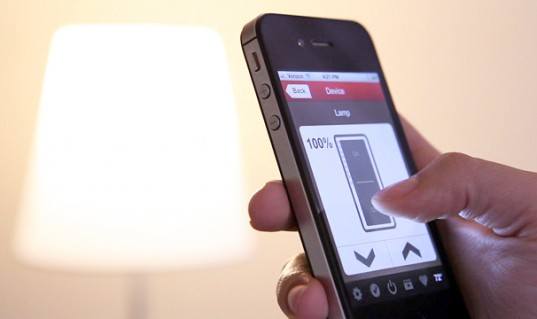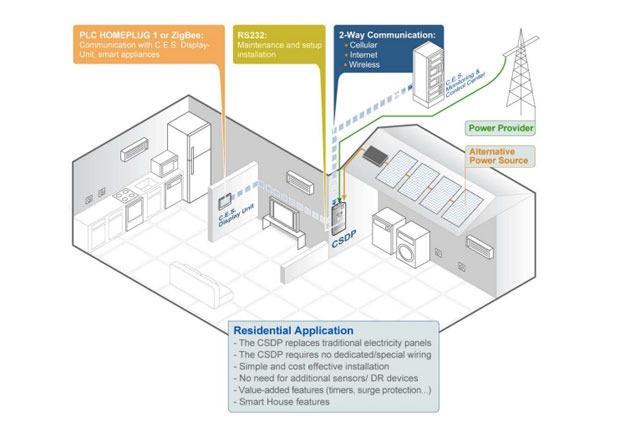Many upscale consumers in luxury real estate are making eco-friendly choices in today’s world of ‘going green’. Methods of doing so range from conserving water with programmable sprinkler systems, using permeable pavers, saving captured rain water, using natural materials, and using efficient appliances.
Many luxury owners often invest in new technologies like geothermal, solar, and wind turbines. Green certifications like LEED and NAHB are quickly becoming symbols of luxury and status when it comes to buildings and homes alike.
In demand today are smart home technologies that can monitor and manage systems inside and outside of the house. These systems range in abilities from locking doors, adjusting shades, turning appliances on or off, changing temperatures, turning on driveway heaters, and more.
More impressively, many of these tasks can be carried out via smart-phone or tablet. With sophisticated technologies, electricity can be more efficiently managed. Of course, the ultimate achievement would be a zero-energy homes, which is the hope for the future of green technology.

C/O inhabitat.com
Fairly sustainable homes can be created with sensible building adjustments to its materials, insulation, lighting, and heating. Creating an efficient home is within reach, but what is inside the house is what uses more resources as well.
TV’s, appliances, gaming consoles, and other items run on low energy 24 hours a day which can be very draining according to Bruce Sullivan, builder outreach specialist for the Earth Advantage Institute.
One of the key features in cutting-edge homes is a digitized energy monitoring system. These have been on the market for quite some time. They can function on either traditional power or solar and they monitor how much electricity the home is using as well as how much electricity each individual outlet is using.

C/O: mashable.com
“If you wanted to zero-in on the specific elements that are problematic, you need a much higher resolution on where these issues are occurring,” Sullivan says. “And that’s what these systems do.”
The system is so exact that, according to Sullivan, when a net-zero home suddenly quadrupled its energy readout on the visual panel, they were able to track down exactly which outlet was consuming the large amount of energy.
Installation to a home’s circuit breaker is simple. “You can just connect it to the circuits in your circuit breaker,” Sullivan says. “And you can then break down all of your power sources at the outlet and light level.”
Another way to take a home to the next level is by using solar power combined with with a grid-tied power converter. It gives homes the ability to give energy back to the local power grid.

C/O: mashable.com
“It converts the direct current that is generated by the panels into the alternate current that your house uses,” Sullivan explains. “They allow that interconnection between the utility and the house.”
It is easily installed along with solar panels, and in some cities, the local utilities can buy the excess energy. This means that being sustainable can actually ‘pay’ off for green homeowners.
Luxury environment management systems can also have major sustainability advantages. By operating both lighting and temperature, your next utilities bill can be drastically reduced.

C/O: mashable.com
With these systems, lights can be dimmed or shut off at any point via a touch pad. Lighting can be set to also automatically alter (dim or brighten) based on available sunlight.
Although these technologies have existed for years, it is important to consider a net-zero home and embrace going green as a way of the future not only for next generations, but also for the planet.
With many savings and ways of giving back to the community, there is no outweighing the benefits of an efficient house.


